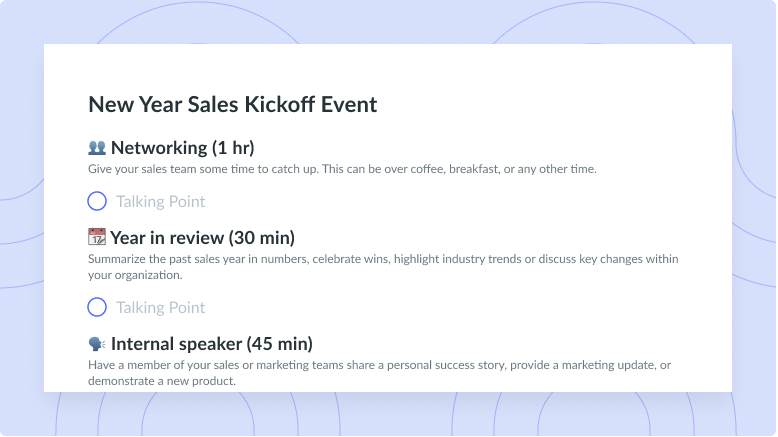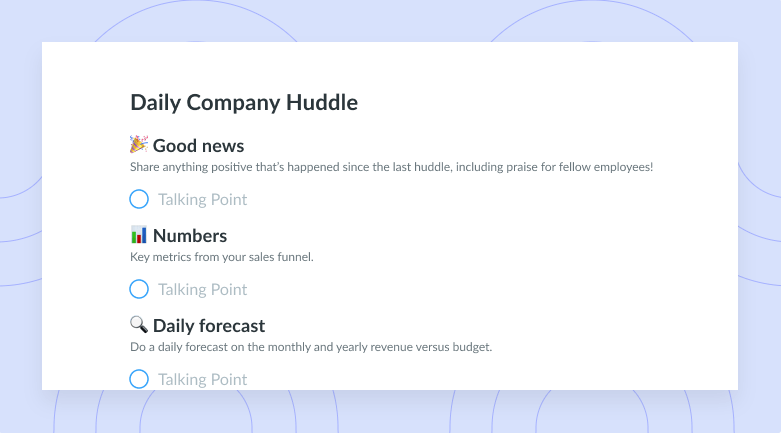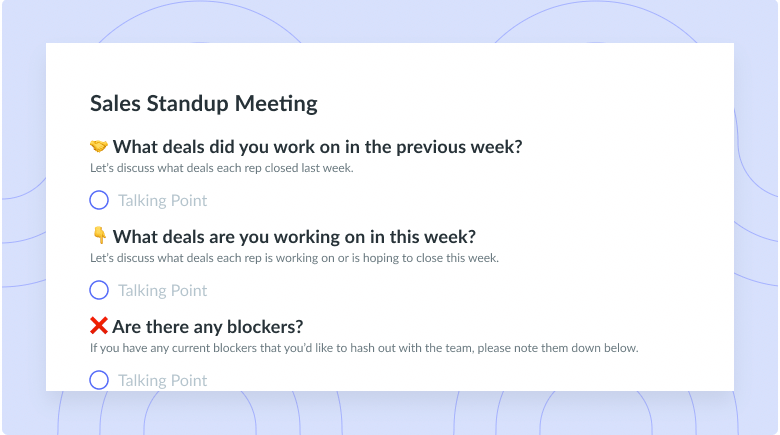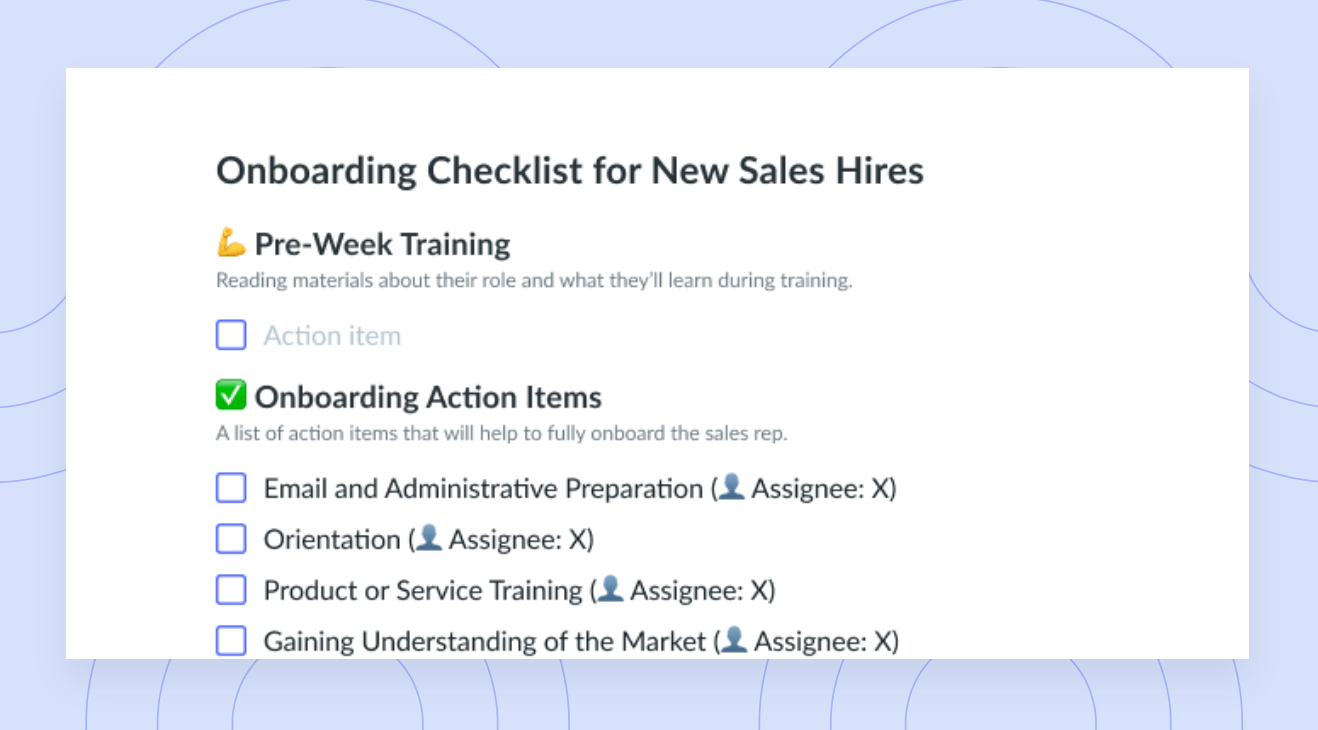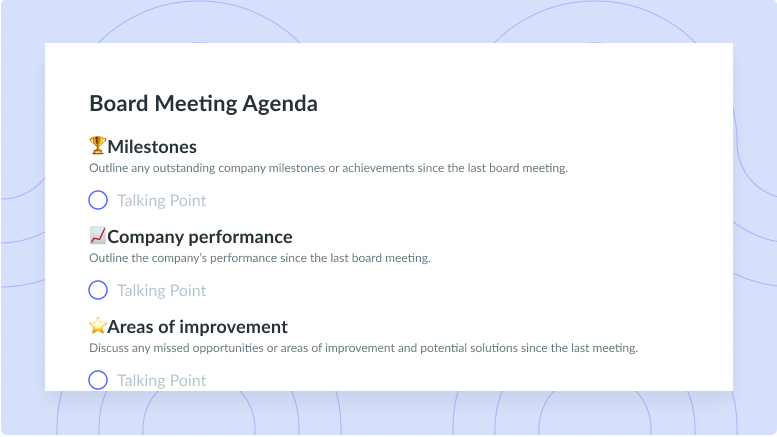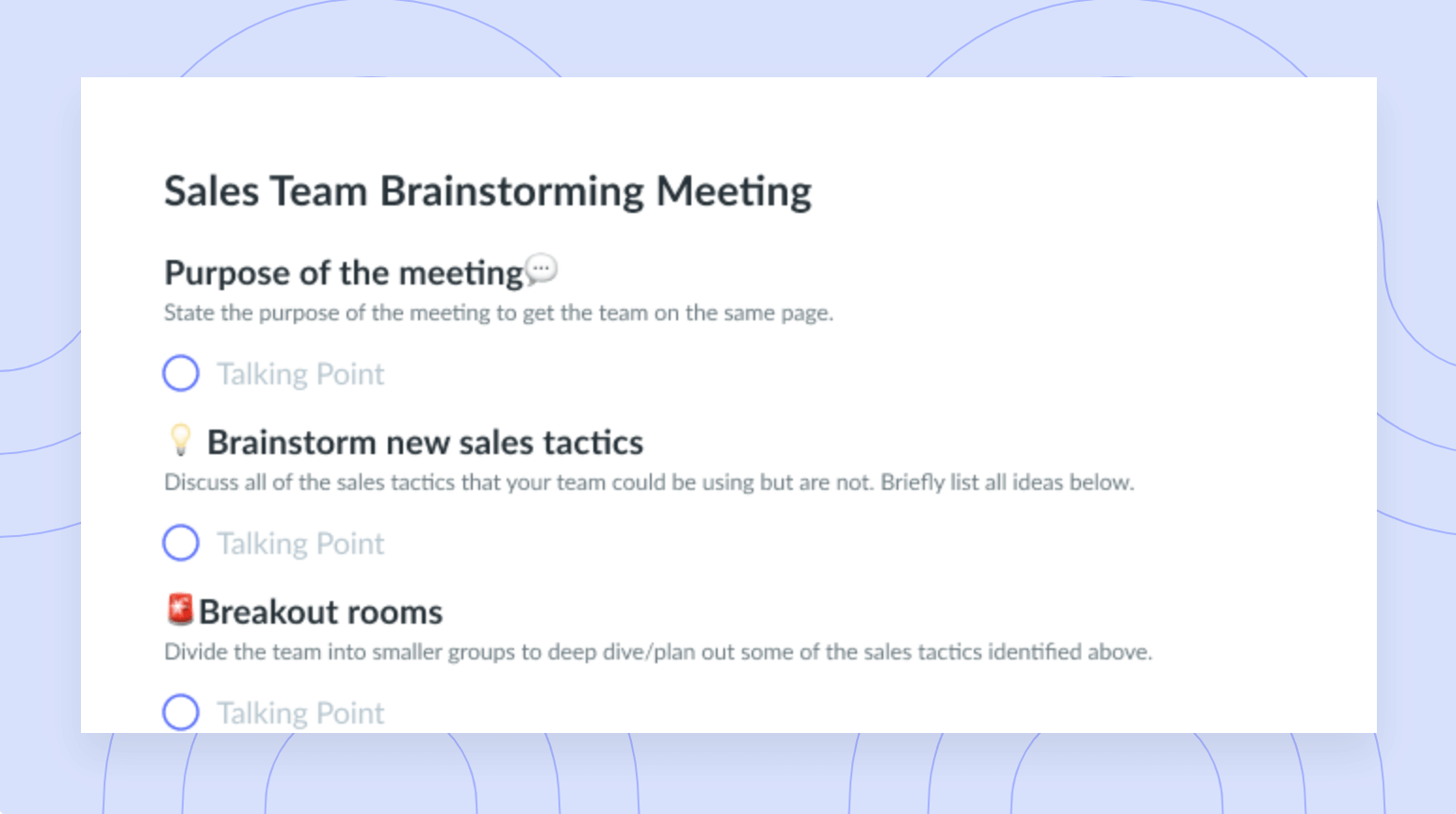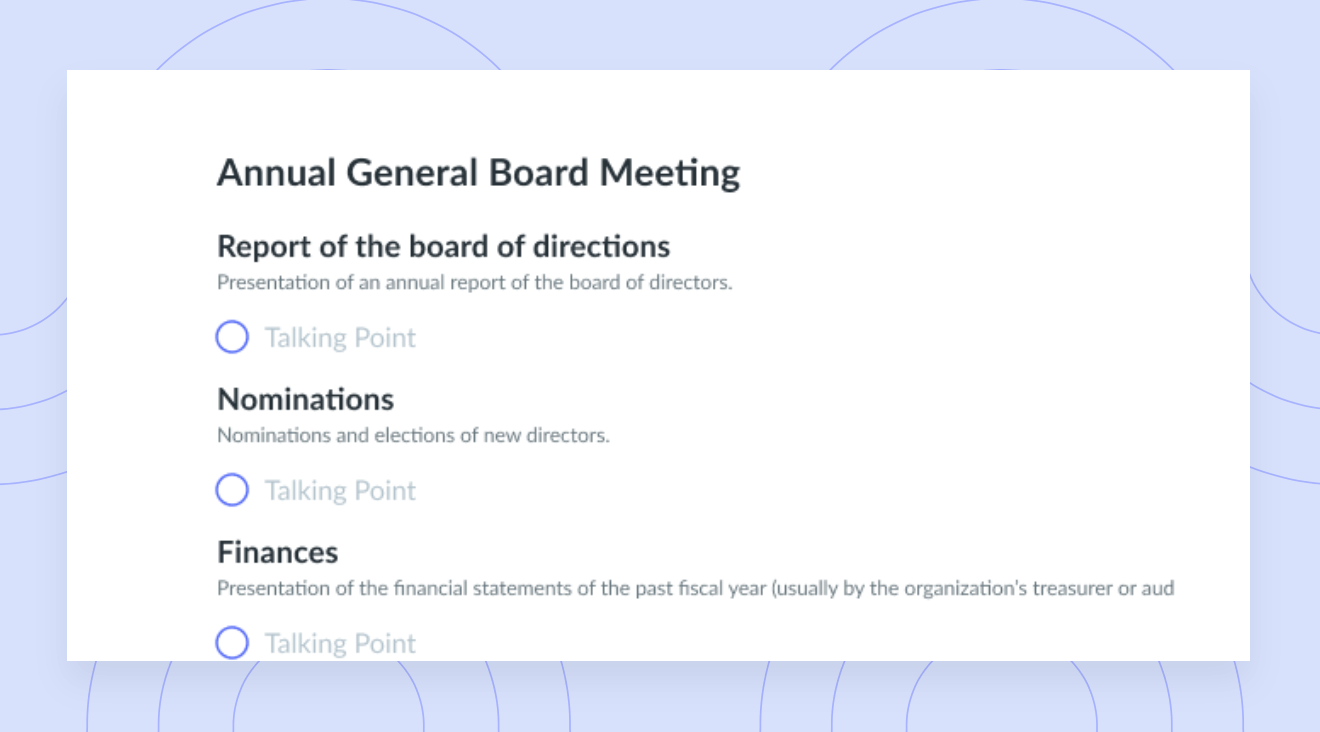8 Strategies to Run Successful Sales Meetings
Sales meetings can be a drag, but having the right sales meetings strategies can make all the difference! Try these eight ideas at your next meeting to give it extra life.
Ask most salespeople and they’ll tell you that sales meetings are a necessary evil. These meetings are long, tedious, and usually filled with the same info week after week. Given a choice, most people would prefer to be out in their territories actually doing the selling.
Sales managers might view sales meetings a little differently. For managers, they’re an opportunity to touch base, encourage team members, and prep the team for upcoming product launches.
That disconnect between the two groups can be remedied by both groups being intentional about the meeting itself. If the sales meeting is run haphazardly, there’s a good chance everyone will need a second cup of coffee by the end.
- What is a sales meeting strategy?
- Why are sales meetings important?
- 8 strategies to try during your next sales meeting
What is a sales meeting strategy?
Most offices have sales meetings about once a month or more, depending on the industry. It’s an opportunity for salespeople and leadership to get in the same room, discuss sales figures versus projections, and map out new goals.
A sales meeting strategy is a way to map out how those conversations go. It’s based on a clear agenda of which everyone is aware, and features equal parts reflection on the past and optimism for the future.
Most importantly, it sets clear boundaries for the meeting. A conference without aim makes attendees feel like hostages, which only breeds resentment among your sales force, and this resentment will be reflected on the sales sheet.

Delightful meetings
Encourage collaboration and engagement by creating a meeting agenda that everyone can contribute to. Try using a tool like Fellow!
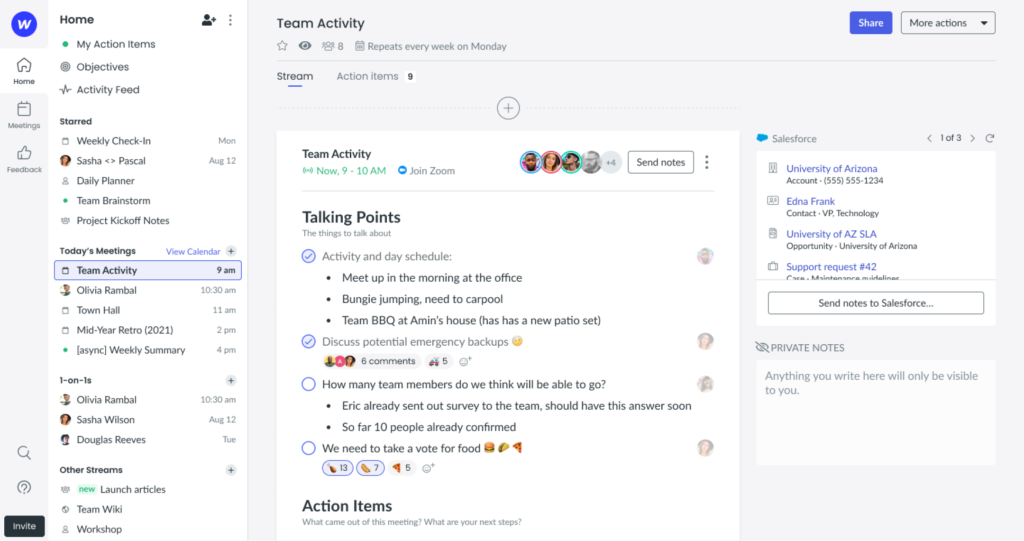
Why are sales meetings important?
It doesn’t matter what company you’re a part of; every sales team can do better. There will always be leaks in the marketing funnel that need to be patched up or new territories that can be explored.
Since salespeople often work independently, sales meetings provide an excellent opportunity to learn from each other. If some tactics or scripts work well with one salesperson, it’s good to hand those off to others for implementation.
For managers, accountability is usually one of the main goals of any sales meeting. Managers need to be aware of what their team is doing to meet quotas at the end of each quarter.
8 strategies to try during your next sales meeting
If you’re looking for a few ways to breathe life into your next sales meeting, here are some ideas.
- Control the agenda
- Brief the team
- Praise good performance consistently
- Share industry news
- Be interactive
- Include a learning element
- Keep it concise
- Make space for roadblocks
1 Control the agenda
A sales meeting without an agenda is like a boat without a rudder. A sales meeting that doesn’t follow the agenda is like a boat captain that doesn’t use the rudder. Which is worse?
We’ve all sat in meetings where the speaker rambled incessantly about this or that point. Controlling the agenda is about focusing on one main issue, staying on topic, and not letting the room take you off course.
One of the easiest ways a meeting can be thrown off course is when the floor is opened to questions too early. Save those for the end of the meeting. You should get the main points discussed before attention starts to wane.
When in doubt, always simplify, simplify, simplify. It’s much better to have one main point repeated and understood than 19 different takeaways that nobody remembers.
Keep it professional, too. Though your goal is to make the meeting comfortable, using the right type of business language reinforces the fact that the agenda is about business first. Try the free agenda template below for a successful sales meeting:
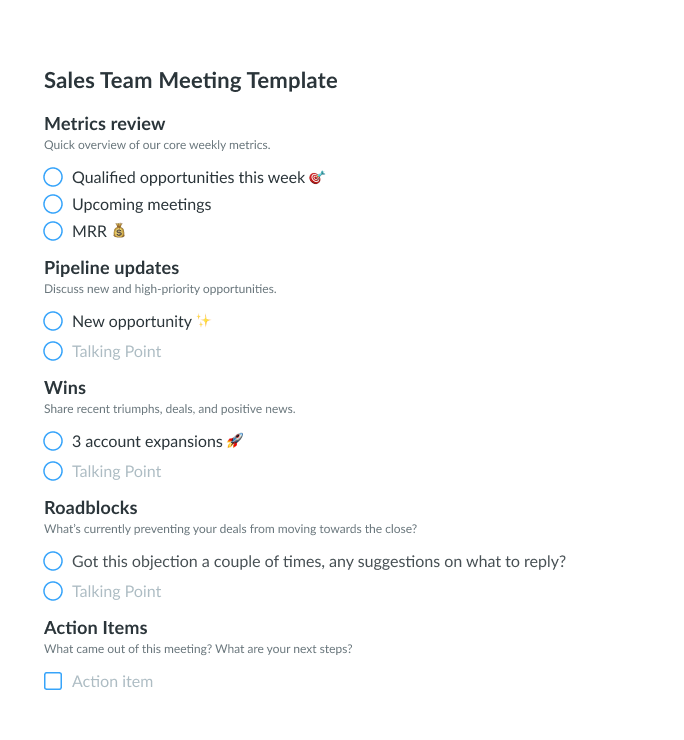
2 Brief the team
Every meeting should start with a brief overview of any updates since the last meeting. New products? New sales forecasts to discuss? New updates on existing practices? Before discussing the “how” of your sales practice, take a few minutes to discuss the “what.”
Having HR management in the room for this part of the process is a good idea to make sure everyone is on the same page, goal-wise. They can also serve as an extra set of eyes and ears to spot talent or to help determine which salespeople need some extra reinforcement.
Although you’ll undoubtedly have people on your sales team who are rock stars, emphasize what you’re selling instead of sales tactics that may or may not apply to everyone. Product-led growth, for instance, puts the brand front-and-center so people get a taste of what they’re buying before the salesperson goes ahead with the full sell. This makes the sales process much more predictable and repeatable between sales members.
3 Praise good performance consistently
Assuming your salespeople are comfortable with public praise, make some time in every meeting to recognize your top performers. This could be someone who passed their quota for the month, someone who landed a huge client, or a team member with a track record of sustained success. Highlighting these individuals and their accomplishments will make them feel valued and have everyone else waiting for their turn in the spotlight.
Be specific with your praise. Mention what specific obstacles team members overcame to get where they are, and discuss how much their contribution meant to the company. Do it right, and you’ll increase team loyalty exponentially.
4 Share industry news
If there’s a new trend in your industry, mention it in your sales meetings. Any relevant news, new products, or paradigm shifts that can help your team members sell better should be mentioned, even briefly.
Sharing news from your industry answers how the team’s sales efforts fit into the larger world. How is their contribution to this company moving technology forward, and how can they be a bigger part of it?
You don’t need to have an existential crisis every six weeks, but sharing industry news helps do away with tunnel vision that can damage morale and create bitterness.
5 Be interactive
Who says sales meetings need to be boring? Even though you may only have an hour-long meeting at your disposal, try to interject some brainstorming sessions or a live Q&A session. Discuss partnerships and workshop various problems as a team so that everyone improves. Try this brainstorming template to get the ideas flowing:
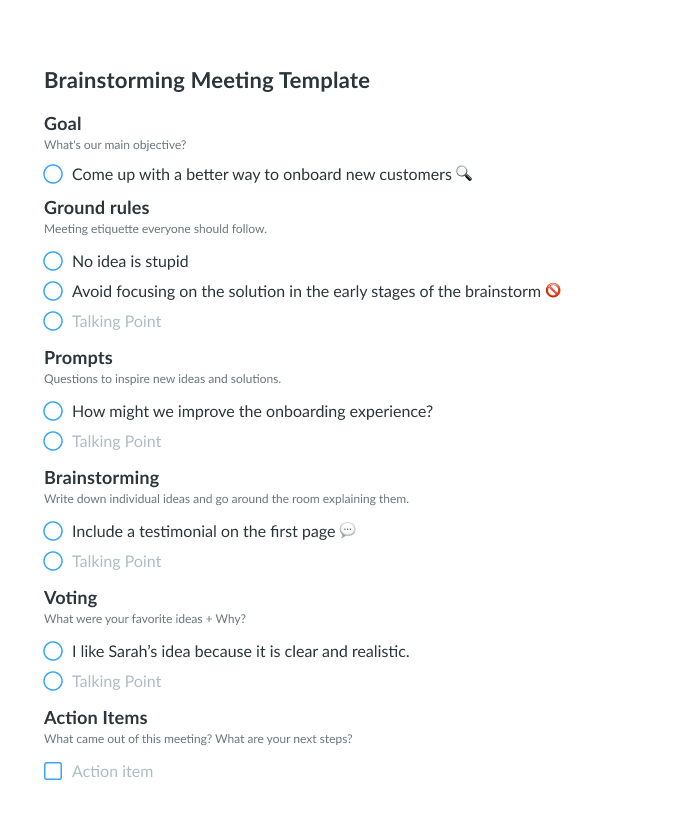
6 Include a learning element
If you’ve never had a guest speaker at your sales meetings, you’re missing out. Even a professional from another industry who gives insight into a part of the sales process can excite your team.
Those experiences will run dry, but you can still include a learning portion of every meeting. Role-playing, resource sharing, and skill-building activities are great ways to sharpen your skills. If all else fails, introduce a recent, trending article for the room to discuss.
7 Keep it concise
Nobody likes long meetings, no matter how great they are. For best results, vary your meeting lengths to see where the sweet spot is. Then, decrease it by five minutes.
You could also consider using webinar software every so often to do remote meetings.
Test your cadence as well. 45 minutes of monotonous speaking can feel like a lifetime, so interject different segments to keep the momentum.
If you feel like you’re sharing the same information every meeting or covering non-essential information, allow more time between sessions. Fewer meetings don’t always mean less information; most times, it just means those meetings are more efficient.
8 Make space for roadblocks
At the end of every meeting, ask your team what challenges they’re facing in their work. What issues are they running into time and again? Then discuss them as a group. Chances are, more than one person is dealing with the same problem.
Keep this segment toward the end so you can finish your agenda, but include it nonetheless. It may be the part where your team feels the most seen, and that’s always an attitude you want to encourage.
Parting Advice
Good managers have a way of turning the most mundane tasks into positive experiences. With a little planning, you can make regular sales meetings into meetings the entire team will look forward to and grow from.









